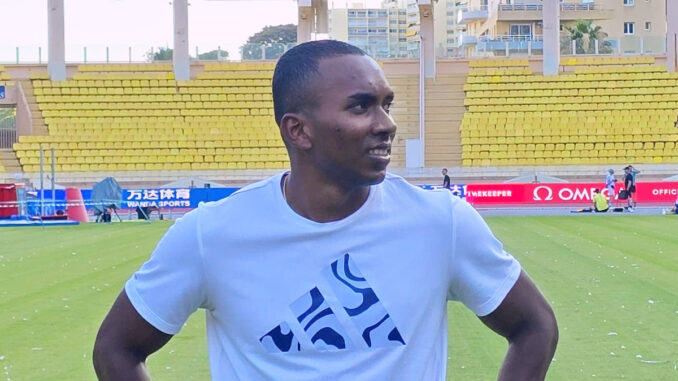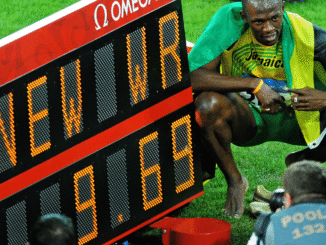
History Beckons for India’s Kujur, Inspired by Usain Bolt and Thrilled by Noah Lyles
In the electrifying world of athletics, where split seconds define legacies, a new name from India is beginning to shimmer on the global stage—Amiya Kujur. Hailing from Odisha, a region known for producing gritty athletes, Kujur is not just chasing medals; he’s chasing history. At just 21, he represents the new wave of Indian sprinters with aspirations as bold as his performances.
Inspired by the legendary Usain Bolt, whose dominance and charisma revolutionized sprinting, Kujur found his passion in the 100m and 200m dashes. Like Bolt, Kujur has an effortless, fluid style, but his journey is one of raw struggle, resilience, and relentless ambition. “Watching Bolt in the 2008 Beijing Olympics changed everything for me,” Kujur says. “I wanted to run like him, fly like him.”
But while Bolt’s shadow looms large, it’s American sprinter Noah Lyles who currently fuels Kujur’s fire. Lyles, known for his flamboyant finishes and powerful surges, has become the face of the new sprinting era. His gold medal performances and message of joy, confidence, and authenticity resonate deeply with Kujur. “Noah Lyles brings flair and freedom to the track. That’s something I try to channel in my own way,” Kujur explains.
Kujur’s times are improving rapidly. Clocking 10.35 seconds in the 100m and 20.78 seconds in the 200m, he’s inching closer to national records. More importantly, he’s closing the psychological gap between Indian sprinters and the world’s elite—a gap that for years seemed insurmountable. With the Paris 2024 Olympics now in the rearview, all eyes are on the Asian Games and World Championships, where Kujur is being tipped as a dark horse.
What sets Kujur apart isn’t just his speed—it’s his attitude. He trains with the Indian national camp under elite coaches and constantly studies races of international athletes, tweaking his starts, his stride frequency, and his acceleration phases. His work ethic has drawn comparisons to Indian sprinting greats like Anil Kumar and Mohammed Anas, but his hunger to go beyond them is clear.
Still, the road isn’t without its hurdles. From lack of world-class sprinting infrastructure to limited exposure to international competitions, Indian athletes face challenges that make every breakthrough a minor miracle. Kujur, however, thrives on these odds. “We’re not just running against time, we’re running against perceptions,” he says.
Off the track, Kujur is grounded and introspective. He often speaks about his roots, his family’s sacrifices, and his desire to inspire a generation of Indian youth to believe in the seemingly impossible. His presence on social media, though modest, reflects his dual identity—an ambitious athlete and a humble dreamer.
As the next sprinting season approaches, India stands at the cusp of a potential sprinting renaissance, with Kujur at its heart. History beckons, and if his current trajectory holds, Amiya Kujur may soon blaze a trail that others will follow—not just as a sprinter, but as a symbol of India’s emergence on the global athletics map.



Be the first to comment